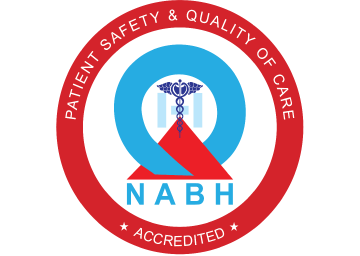ABOUT
Some degree of rounded curvature of the spine is normal. The term Kyphosis is used to describe the spinal curve that results in an abnormally rounded back.
There are different causes of kyphosis.
- Congenital – due to developmental abnormalities of the vertebral column by birth. In some infants, the spinal column does not develop properly while the fetus is still in the womb. The bones may not form as they should. Several vertebrae may be fused together. Either of these abnormal situations may cause progressive kyphosis as the child grows. Surgical treatment may be needed at a very young age. Surgery can help maintain a more normal spinal curve. Consistent follow-up is required to monitor any changes.
- Post-infective – following tuberculous destruction of the front part of the spine.
- Post-traumatic – due to damage to the vertebral body in an injury.
- Post-laminectomy – following previous decompression surgery performed in childhood.
- Scheuermann's kyphosis – a disease that leads to anterior wedging of vertebral bodies Scheuermann's kyphosis often becomes apparent during the teen years; however, patients with Scheuermann's kyphosis have a significantly more severe deformity, particularly thin individuals. Scheuermann's kyphosis usually affects the upper (thoracic) spine. It can also occur in the lower (lumbar) back area. If pain is present, it is usually felt at the apex of the curve. An activity can aggravate the pain, as can long periods of standing or sitting. Exercise and anti-inflammatory medication can help ease associated discomfort.
- Postural kyphosis is the most common type of kyphosis. It is often attributed to slouching. It represents an exaggerated, but flexible, increase of the natural curve of the spine. Postural kyphosis usually becomes noticeable during adolescence. It is more common among girls than boys. It rarely causes pain. Although exercise to strengthen the abdomen and stretch the hamstrings may help relieve associated discomfort, it is unlikely to result in significant correction of the postural kyphosis. With occasional exceptions, postural kyphosis does not lead to problems in adult life.
DIAGNOSIS
The patient is brought to the doctor by a child's or parent's concern about the cosmetic deformity of a rounded back, or pain. The doctor may ask the child to bend forward so that the slope of the spine can be assessed. X-rays of the spine will show if there are any bony abnormalities. X-rays will also help measure the degree of the kyphotic curve. A kyphotic curve that is more than 50° is considered abnormal.
TREATMENT
Treatment will depend on the reason for the deformity. Most teens with postural kyphosis will do well throughout life. An initial program of the conservative treatment that includes exercises and anti-inflammatory medications (for discomfort) is recommended for patients with Scheuermann's kyphosis. If the patient is still growing, the doctor may prescribe a brace. The patient typically wears the brace until skeletal maturity is reached. Surgery may be recommended if the kyphotic curve exceeds 75°. Patients with congenital kyphosis, post-tubercular, post-laminectomy and post-traumatic kyphosis will need early surgery to prevent neurological complications.




